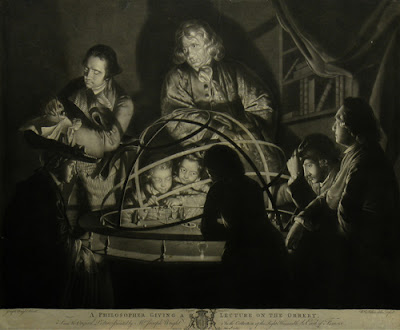 Catalogue of Mezzotints & Engravings after J.M.W.Turner
Catalogue of Mezzotints & Engravings after J.M.W.TurnerThough much has been written on the painting of J.M.W Turner, the contribution of the artist towards prints after his work is rarely discussed. This is perhaps because they were executed, for the most part, by other engravers. Inquisitively minded, and experimental in his approach, it was all but inevitable that Turner should engage himself in the printmaking process.
Turner’s involvement with prints began at a young age. As a ten year old, Turner was employed in hand-colouring engravings for Henry Boswell’s Picturesque Views of the Antiquities of England and Wales. Whilst at the Academy schools, it is known that he copied an etching ground recipe onto the verso of a study. A few years later, and at the age of eighteen, Turner’s work was first reproduced. The commissioned piece was a scene of Rochester. Engraved by John Walker and John Storer, the topographical view was published in the Copper-plate Magazine in 1794. Turner enlisted to paint Rochester again in 1823 (See catalogue no. 11). On this occasion, William Bernard Cooke published the work whilst Thomas Lupton was the man who replicated the spires of the cathedral and the swell of the Medway. Similar compositionally to the 1794 work, these two views of the Kentish town illustrate the scope of Turner’s prints. Whilst the earlier print is somewhat trite, Lupton’s edition displays comparatively rich and luminous modulations. Nearly thirty years elapse between the publication of the prints, and during this period Turner’s painterly style certainly matured. However, the growing instruction and supervision that Turner placed in his engravers is perhaps most accountable for this shift in quality. The marked inferiority of the renderings of Turner’s work by the same engravers, after the death of the artist, bears witness to this notion.
In the first few decades of the nineteenth-century, Turner amassed a group of mezzotinters and line-engravers to whom he would repeatedly turn. The engravers, whilst able to display their distinct aesthetic personalities, were also attuned to the requirements of Turner. The artist’s wants were at times exacting. He would frequently annotate proof impressions with a salvo of amendments, instructions, comments and diagrams. In fact, when working upon his Liber Studiorum (1806-1819), Turner is known to have etched preliminary designs into the plates himself. A touched proof of More Park, near Watford, on the River Colne (Catalogue no. 3) at Yale University pays testament to Turner’s role as director. A keen overseer and master of technical details, Turner included a barrage of plaudits and revisions in a message to his namesake Charles. Be it for the gift book or the sketching tour, the artist learned how to select colours and tones in paint to provide the basis for transcription into black and white.
The accomplished result of Turner’s prints was largely due to the artist’s management of the proof stage. Thus, it was not only his painterly skill and fame that created demand amongst publishers for his contributions, but also his ability to inspire and instruct engravers. This can be seen in his collaboration with Cooke for The Rivers of England, whereby Turner not only provided sixteen watercolours, but was paid an additional fee of two guineas for touching the proofs of the plates after Thomas Girtin.
Turner’s work provided a nomadic span of English, and after the war, European topography. The notion of departure, however, could also be seen in his fiscal deaings. The artist adopted a new system whereby he retained copyright as well as the original drawings, thus loaning watercolurs to publishers and recalling them after the engraving process. This act ensured that the publishers were prevented from selling the preliminary works at inflated prices or compromising the original prints with cheap reproductions. It is also interesting to note that none if his late paintings were engraved in his lifetime, although many people saw them at the Academy. It is as if he kept two artistic personae, ‘the illustrator’ and ‘the experimenter’.
This catalogue brings together an important selection of prints after Turner. From Oxford to Okehampton, it is a brief survey which includes the work of numerous engravers and publishers. A neglected area of his opus, this release acts as a testament to an artist seldom credited for the outstanding achievements of British engraving between the decades of 1820 and 1860.
George Richards
CLICK HERE TO VIEW THE FULL CATALOGUE






